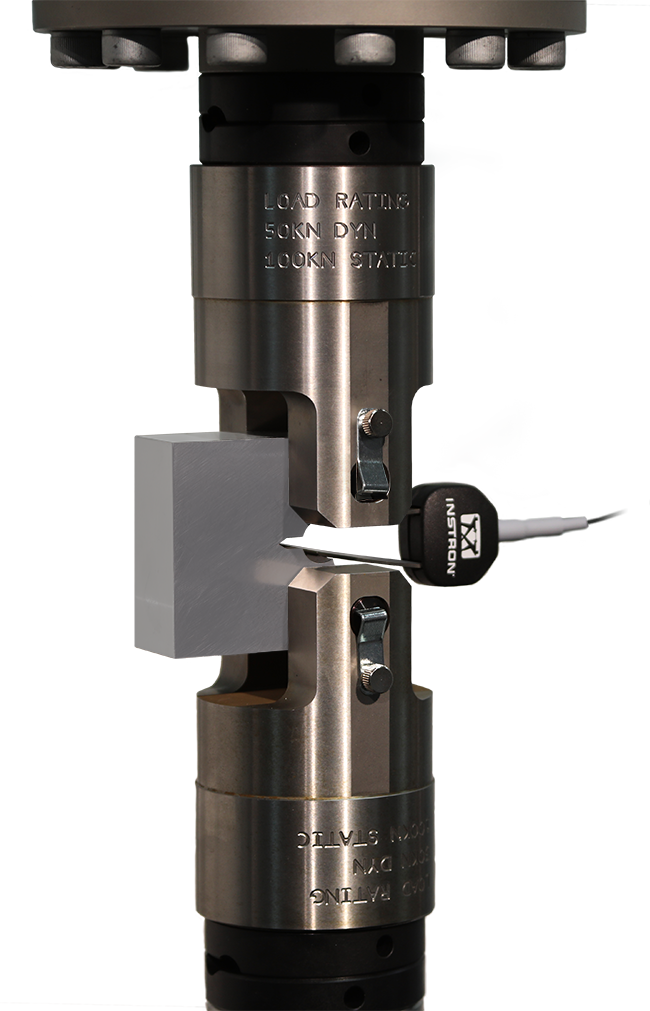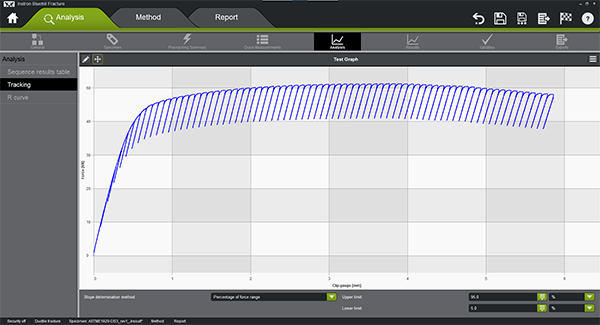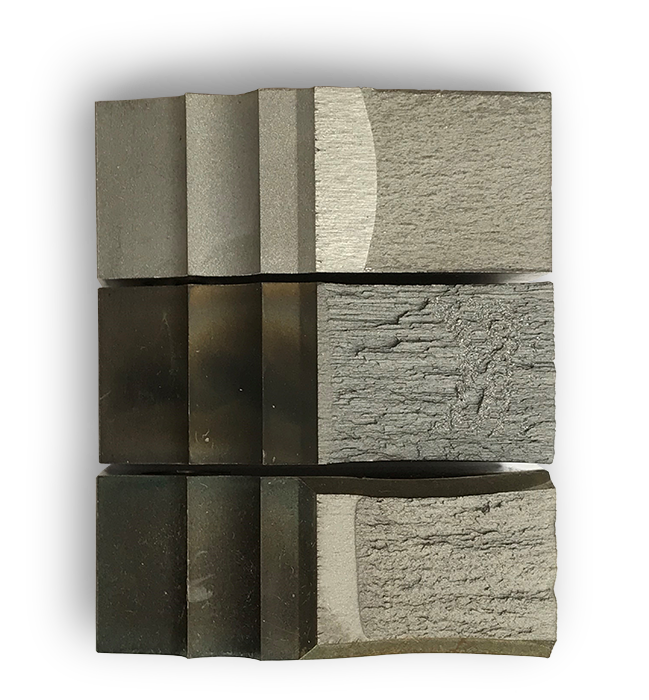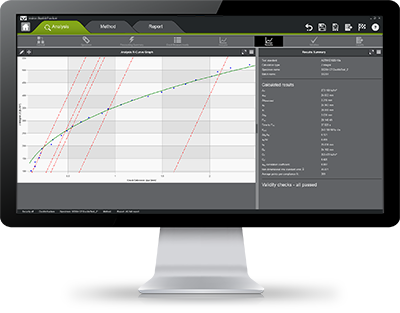JIc Fracture Toughness to ASTM E1820
- Metals
- ASTM E1820
- ISO 12135
- Fracture
Written by Dr. Peter Bailey
When designing with ductile high strength metals for safety critical cases, it is important to understand the behavior around defects and cracks, when otherwise just the basic tensile properties would be enough. Resistance to localized failure (as opposed to bulk tensile strength) is generally described by the umbrella term of fracture toughness. When that failure is more gradual than a sudden critical break, JIc is a toughness metric used to describe the point at which tearing starts.
The most prevalent application is in the power generation sector, where highly detailed modelling is expected and designs must provide for damage tolerance to flaws. That is to say failure without catastrophy – obviously a matter of the highest profile in nuclear power!
The JIc fracture toughness test according to ASTM E1820 provides a material efficient method to evaluate new materials and monitor degradation of reference samples or parts removed from service.

Test pieces are machined which effectively comprise a stiff block of material, with a sharp notch on one face. Different standardized geometries are used according to convenient test set up or to best fit the available thickness of material when taken from a production line. It is important to test the toughness of a metal in different directions relative to the working processes (e.g. rolling) used in manufacture, since the performance will be different according to microstructure.
The preferred method for determination of JIc according to E1820 is use of a single specimen, loading slowly, but with frequent pauses to determine if and how far the crack has extended. This means that the main test itself is a long sequence of repeated ramps, each followed by a small unload then reload, gradually opening the crack and starting to tear apart the specimen. At the end of the mechanical test, the specimen must be fully broken apart and the exact length and shape of the crack fronts are measured. It is important that the final crack front must be marked (usually by heat treatment or dye penetrant) before the specimen is separated; often liquid nitrogen is used to chill the material to such an extent that this final break is brittle and avoids further deformation.


The mechanical loading procedure is not simple, although it should it be achievable with any modern test system, but Bluehill Fracture directly generates the required sequence, simply requesting the key parameters, without the user needing to build each step and loop.
The main complexity comes in analyzing the data; here a lengthy series of calculation steps must be applied to the data for each unloading point, to generate an overall series of points for J (work done) vs Δa (crack extension). Furthermore, two separate curve functions are fitted to these data points, first to determine a corrected initial crack length, then to find the intercept point at which the crack stopped just opening and started to tear.

Results can easily be skewed by a range of factors, so ASTM E1820 has become highly prescriptive for a range of criteria designed to ensure comparable results between specimens, batches, or laboratories. The standard includes at least 21 validity checks which must be satisfied to declare a comparable value of JIc and has moved to recommend various quality metrics for the data analysis.
Bluehill® Fracture is designed to provide ready-to-use methods with a clear workflow. It provides high flexibility for research users, as well as detailed break-down of validity checks and intermediate results should a result fail to meet the standard requirements. Where researchers or contract test houses need to provide results in several forms, existing datasets can be re-opened and instantly re-analyzed with some adjusted parameters, presented in different units (e.g. swap from metric to US customary), or exported to alternative report templates. The software implements all recommended techniques and is routinely updated to reflect latest revisions to the standard.
The raw data can also be analyzed in terms of CTOD, according to ASTM E1820, to generate the CTOD-R curve and identify δIc.